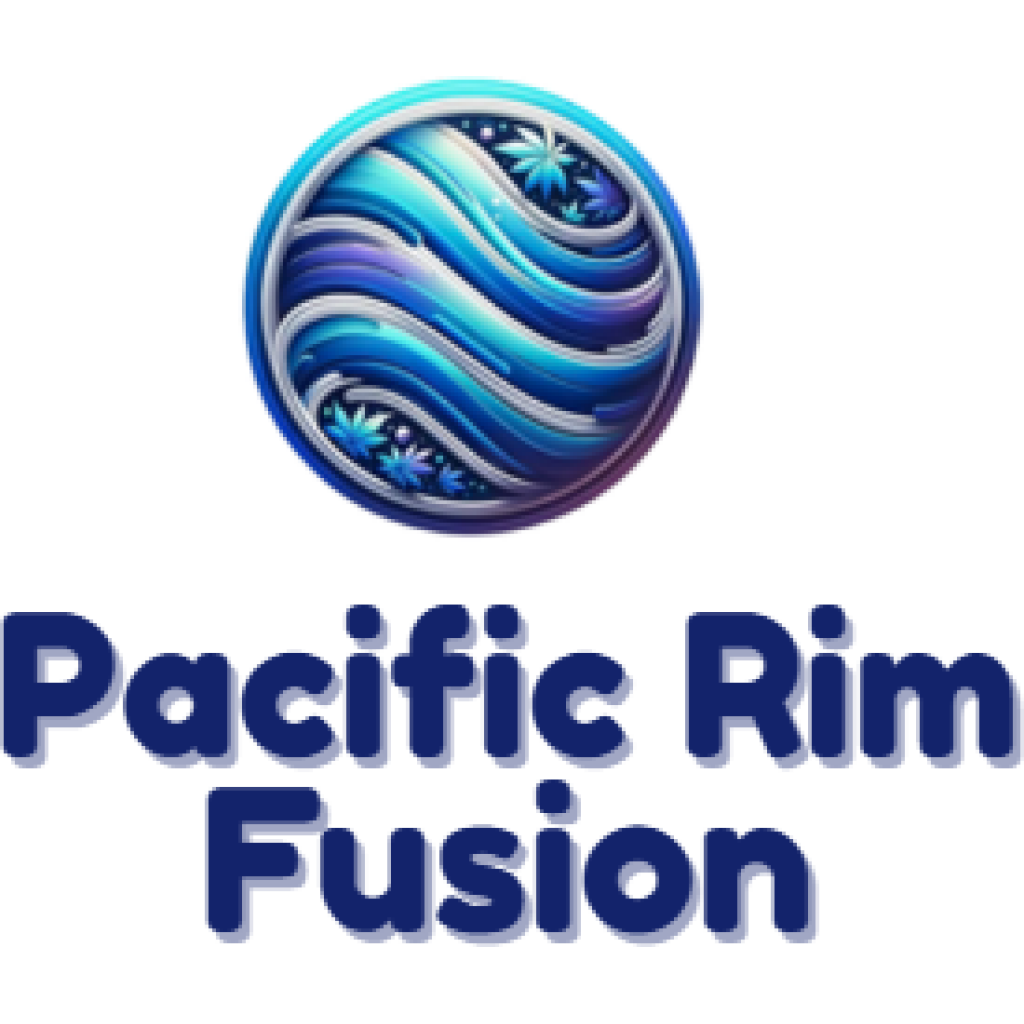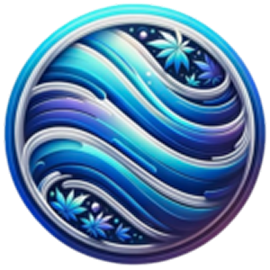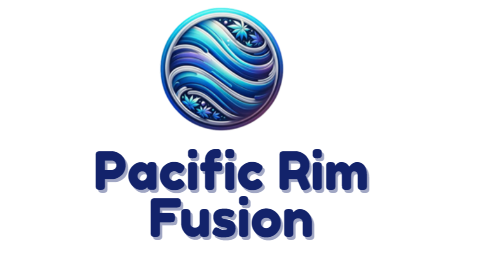I still remember the first time I heard the word “cannabinoids.” It was late at night in a hazy Amsterdam coffee shop, and a dreadlocked fellow patron was rhapsodizing about the secret chemicals in our cannabis that “make everything groovy.” I nodded along, utterly lost. Years later, I find myself diving head-first into the science and lore of these mysterious compounds. Armed with a notebook, a microscope, and perhaps a slight buzz, I set out to decode what cannabinoids really are – blending first-hand exploration with hard science in true gonzo fashion.
Understanding the Cannabis Chemical Carnival: At its core, a cannabinoid is any chemical compound that interacts with our body’s cannabinoid receptors (yes, we have special receptors just for this!) – and cannabis is full of them. In fact, at least 113 different cannabinoids have been isolated from the cannabis plant . Picture the cannabis flower as a tiny chemical factory: its surface is coated in glittering trichomes, those sticky resin glands that look like frost. Within that resin lies a cocktail of cannabinoids (alongside fragrant terpenes and flavonoids). When you smoke, vape, or otherwise engage with weed, these compounds storm your bloodstream and start interacting with your brain and body in a symphony of effects known as the “entourage effect.” But before we get to that psychedelic jam session, let’s meet the lead players of the cannabinoid orchestra.
Major Cannabinoids: THC and CBD – The Yin and Yang: The rockstar of cannabinoids is undoubtedly Δ⁹-tetrahydrocannabinol (THC). THC is the primary psychoactive ingredient in cannabis – the culprit behind the classic marijuana “high” . Take a puff of a potent strain and the euphoria, altered perception of time, bouts of giggles, or sudden fascination with the universe’s hidden patterns are largely THC’s doing. It binds to CB₁ receptors in the brain, unleashing neurotransmitters and flipping switches in regions controlling pleasure, memory, thought, and coordination. THC’s intoxicating power made it the darling of recreational users and the bogeyman of prohibitionists, but it’s not alone.
Enter Cannabidiol (CBD), the counterbalance. CBD is the most famous non-intoxicating cannabinoid – it won’t get you high . Instead, CBD has a reputation as the soothing, therapeutic side of cannabis. Anxiety, pain, inflammation, seizures – CBD has been investigated for relieving all of these without the fuzzy cognitive effects THC induces. Interestingly, CBD can even counteract some of THC’s downsides; studies show CBD may reduce the short-term memory impairment THC causes and temper paranoia . In a sense, if THC is the wild party animal, CBD is the calm voice of reason telling it to drink some water and maybe call a cab. Together, these two form the core of cannabis’s personality: one pushing the envelope of consciousness, the other healing and stabilizing. They also illustrate a rebellious truth of the plant world – that an herb deemed a dangerous narcotic by governments can produce a medicine gentle enough for a child with epilepsy. Counter-culture, meet counter-intuitive science.
Beyond THC and CBD – A Cast of Minor Characters: In the gonzo journey through cannabinoids, it’s not just a two-character play. There are numerous minor cannabinoids popping up in your weed, each with its own quirks. Ever notice how well-aged or poorly stored cannabis tends to make you extra sleepy? That’s likely Cannabinol (CBN) at work – a cannabinoid that forms as THC oxidizes over time. CBN is only mildly psychoactive and in very high doses can have a sedative effect . Some companies are now extracting CBN to make sleep aids, marketing it as “the cannabinoid that tucks you in at night.” Then there’s Cannabigerol (CBG), often called the “mother of all cannabinoids” because CBG-A (the acidic form) is the precursor that cannabis plants use to synthesize other cannabinoids during growth . CBG itself usually remains at low levels in most strains (often <1%), but it has shown promise as an antibacterial agent and mood regulator. I tried a high-CBG strain once in a Dutch café – the experience was subtle, a gentle mental clarity without much buzz, like a clear morning after a storm.
Other supporting characters include Cannabichromene (CBC), suspected to have pain-fighting and anti-inflammatory properties, and Tetrahydrocannabivarin (THCV), a variant of THC that may actually suppress appetite and give a shorter, burst-like high (imagine a diet weed – truly counter to the munchies stereotype). And let’s not forget the endogenous cannabinoids – the ones our own brains produce. That’s right, we make chemicals like anandamide (the “bliss molecule”) which plug into the same receptors as plant cannabinoids. This endocannabinoid system is involved in regulating mood, pain, appetite, and more . It’s almost as if humans evolved alongside cannabis – a trippy thought as I exhale a puff and ponder cosmic coincidences.
The Entourage Effect – Synergy in a Spliff: Perhaps the most beautiful insight to emerge from cannabinoid science is the concept of the entourage effect. This theory says that cannabinoids don’t work in isolation like lone gunslingers – they work as a gang, each compound amplifying or modulating the effects of others. The term arose in the late 1990s when researchers noticed that whole-plant cannabis extracts seemed more medically potent than pure THC alone . It turns out the mix of compounds – multiple cannabinoids plus aromatic terpenes (like myrcene, limonene, etc., which have their own effects) – creates a synergistic effect greater than any single ingredient. THC might be the lead singer, but it performs best with a backing band.
Picture this: you have pure THC (pharmaceutical Marinol was exactly that) which can relieve nausea and pain, but also often causes anxiety or dysphoria in patients. Now give the patient a cannabis extract with THC, CBD, CBG, a dash of limonene and beta-caryophyllene (two terpenes). Suddenly, the nausea relief might improve, and the anxiety is reduced because CBD is smoothing THC’s sharp edges. The entourage of compounds is boosting the plant’s therapeutic effects beyond what THC alone could do . There’s something almost poetic about it – an implicit rebuke to the reductionist, big pharma mindset of “isolate and synthesize.” Cannabis whispers, “I work best in my natural, whole form – take me as I am.” As a rebel who’s always questioned authority, I can’t help but smile at that.
From Lab to Living Room: Industry Trends and Personal Trials: In today’s booming cannabis industry, the science of cannabinoids has gone mainstream, yet the counter-culture ethos remains. Walk into a modern dispensary and you’ll find products labeled by cannabinoid content: high-THC flower, CBD-rich tinctures, CBN sleep gummies, even Delta-8-THC vapes (Delta-8 is a milder cousin of Delta-9 THC, often derived from hemp – a loophole wonder born from regulatory gray areas). The market is experimenting wildly, isolating cannabinoids to create targeted experiences. It’s both exciting and a bit absurd. I tried a 1:1 THC/CBD vape recently, touted as “the balanced bliss” – one puff in, I felt clear-headed and relaxed, as if the THC and CBD were doing a graceful tango in my nervous system. In contrast, a pure THC dab hit I took at a friend’s urging sent my mind spiraling into hyperspace with little tether to reality (note to self: perhaps too gonzo an experiment for a weeknight).
The trend now even extends to minor cannabinoids: products with added CBG for focus, or THC-O and HHC – synthetic analogs with legally ambiguous status and intense potency. It’s a chemical arms race that would make a 1960s hippie’s head spin. And yet, the more we isolate and amplify individual cannabinoids, the more the entourage effect stands as a reminder: cannabis wasn’t meant to be a one-man show. There’s a reason full-spectrum cannabis oil, containing a rich blend of cannabinoids and terpenes, is cherished by many patients and connoisseurs. As one cannabis clinician put it, “The orchestra plays the sweetest music, not a solo violin.” The industry is slowly recognizing this, offering full-spectrum extracts and even breeding new strains to have diverse cannabinoid profiles (who wouldn’t want a bud that naturally produces THC, CBD, and CBG all together?).
High Science, High Culture: Ultimately, cannabinoids sit at the intersection of science and counter-culture. They are molecules that sparked both pharmacological research and psychedelic art. Think about it: the discovery of THC in 1964 by Dr. Raphael Mechoulam gave scientific legitimacy to what beatniks and hippies were experiencing in their minds . The existence of an endogenous cannabinoid system in our bodies (only found in the late ‘80s and early ‘90s) was a revelatory moment in biology – who could’ve predicted our brains are wired to respond to a weed? Learning this felt like a victory for the cannabis community, a moment of validation that this outlaw plant had a deep natural connection to us. I recall reading the news that anandamide (our inner cannabinoid) gets its name from the Sanskrit word ānanda, meaning “bliss,” and thinking, they finally get it! The ancients who gave Lord Shiva the title “Lord of Bhang” (cannabis) were hinting all along that this plant plugs into something divine – or at least deeply pleasurable – in us .
So, what are cannabinoids? They’re chemical keys to the locks of human physiology and consciousness. They’re the reason one strain makes you laugh uncontrollably and another melts your chronic pain away. They’re why a veteran toker and a first-time medical patient can both use the same plant for entirely different ends. Cannabinoids are rebels in the world of pharmacology – they defy the one-size-fits-all approach of modern medicine and invite us to a more holistic understanding. As I finish writing, I have before me a microscopic image of a cannabis bud, glistening with resin – a frosty forest of trichomes bursting with cannabinoids. It strikes me that within those tiny spheres lies both ancient medicine and modern mischief. The more I learn, the more I appreciate this dance of molecules and mindset. In true gonzo spirit, I’ll continue to be both the scientist and the test subject, mapping the cannabinoid cosmos one adventurous puff at a time.



